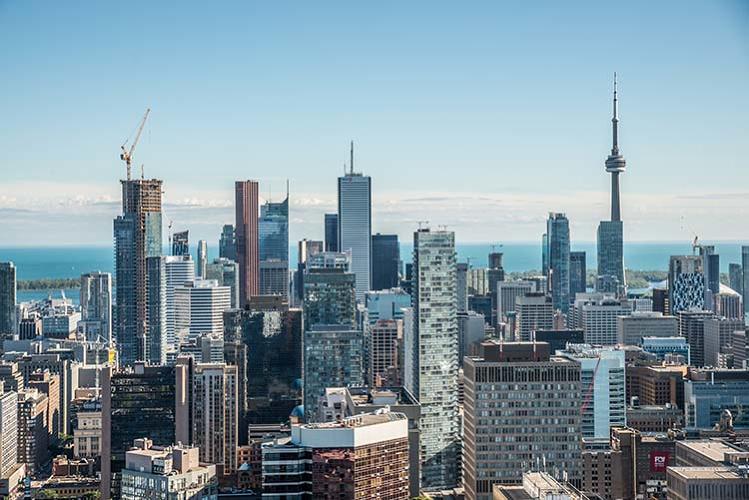So how do we mitigate these impacts and prevent food waste? This is a such a significant problem and there are so many levels that need to be addressed, it's by no means a simple solution.
At the production level, we can grow food locally or even domestically to reduce damage (and thus loss) during transportation, the longevity of the food in the supermarket (e.g. imported fruits use up most of their shelf-life during transportation), and restrict leftovers (as home-grown food need only be picked when required and local food can restock on a on demand basis daily).
At the distribution level, which may be one of the most difficult to tackle, we need to transform consumer attitudes and the market. Shopping for less food more often at local fruit shop or corner store over supermarkets. Being less selective on the appearance of fruit and vegetables. Reinterpreting 'best before' dates and educating consumers. And charging more for fresh fruit, vegetables, bread etc. to reflect actual value of the product and discourage consumers from wasting food.
Of course, once food reaches our households, the best solution is behavioural change. To plan meals appropriately but this is a difficult solution to implement.
At the waste level, incentivising consumers to compost their organic waste through incorporation into green bin system, provision of anaerobic digestors or community group that generates fertiliser. Charging consumers for the waste they produce may also provide powerful motivation to discourage waste production. There are, however, equity issues to be considered here for instance families with babies produce a significant amount of waste with nappies.
While there are several opportunities for waste reduction at the domestic level, restaurants, cafes, supermarkets etc are throwing out a significant amount of food every day. It's costly but their businesses are dependent on having a plentiful supply of food for their customers and they operate under strict Australian food safety regulations.
There's some good news on this front in the form of OzHarvest who market themselves as Australia's first perishable food rescue organisation. OzHarvest collects excess food from more than 2,000 commercial outlets to deliver to charities across Australia. The not for profit organisation serves to not only provide quality food for Australian's in need but is a strong advocate for food waste education, tackling the social, economic and environmental impacts of food waste in Australia.

OzHarvest 2016, accessed 29 May 2016 <http://www.ozharvest.org/what-we-do/>.









